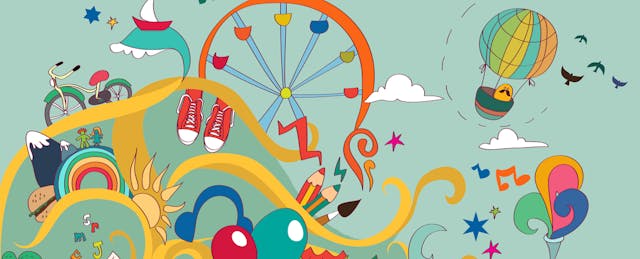Oh, The Places You’ll Go is all about the joy of possibility. In many ways, that’s what education is about too: equipping students with the skills and sense of adventure to explore new ideas throughout their lives. In 2017, I hope we can collectively set even more students up for lifelong education by making mastery learning accessible to all students.
Mastery learning is the idea that students should adequately comprehend a given concept before being expected to understand a more advanced one. This idea has a long tradition in educational theory and research. In 1919, superintendent Carleton W. Washburne in Winnetka, Illinois, showed that students could advance at their own pace if they mastered a concept before moving on to something more complicated. Years later, building on Washburne’s work, educational psychologist Benjamin Bloom coined the term “mastery learning.” In 1984, in Bloom’s seminal study, “The 2 Sigma Problem,” he showed that mastery-based one-on-one tutoring is two standard deviations more effective than conventional instruction. (That means it would take the average for a cohort of students from the 50th percentile to the 98th percentile!). Ever since, educators have sought ways to make mastery learning available to all students.
Teachers want to provide this type of one-on-one support for their students, and they’ve developed many creative approaches to facilitate this, such as developing different worksheets for each student and staying after school to work with students to fill their gaps. Over the years, we’ve worked with countless teachers who take on many extra hours of work to support their students in this way. This type of student-teacher interaction delivers much more than academic gains; it also shows students that another person cares deeply about their humanity and is willing to bend over backward to help them succeed.
However, in a classroom with 30 students, it’s challenging and often impossible for even the most dedicated teachers to provide regular, individualized support to each student. Bloom recognized this reality as well and outlined an ambitious goal to find “methods of group instruction as effective as one-to-one tutoring” that could be done by a teacher in a traditional classroom. However, he and his team were limited by the tools of the day.
Now with software, we can begin to deliver on Benjamin Bloom’s dream: help teachers identify and meet the needs of each student so that all students can master important concepts. Too often, students struggle in calculus due to gaps in their algebra skills, or in algebra because they never fully mastered fractions. A tool like Khan Academy can provide students with unlimited practice and instructional support for each skill so they can be sure they’ve truly mastered a concept before moving on. And we offer teachers data on how their students are doing so they can identify gaps and provide tailored instruction. That way they can spend less time making differentiated worksheets for each student and more time interacting with and inspiring their students. After all, nothing beats getting more quality time with an incredible teacher.
Technology is certainly not a panacea, but we’ve found that it’s a helpful tool for supporting teachers and making mastery learning more accessible. There’s still a long way to go to make mastery learning available to everyone. In 2017, we’re excited to work with teachers to help more students experience mastery learning. With the skills they master, we can only imagine the places those students will go!


